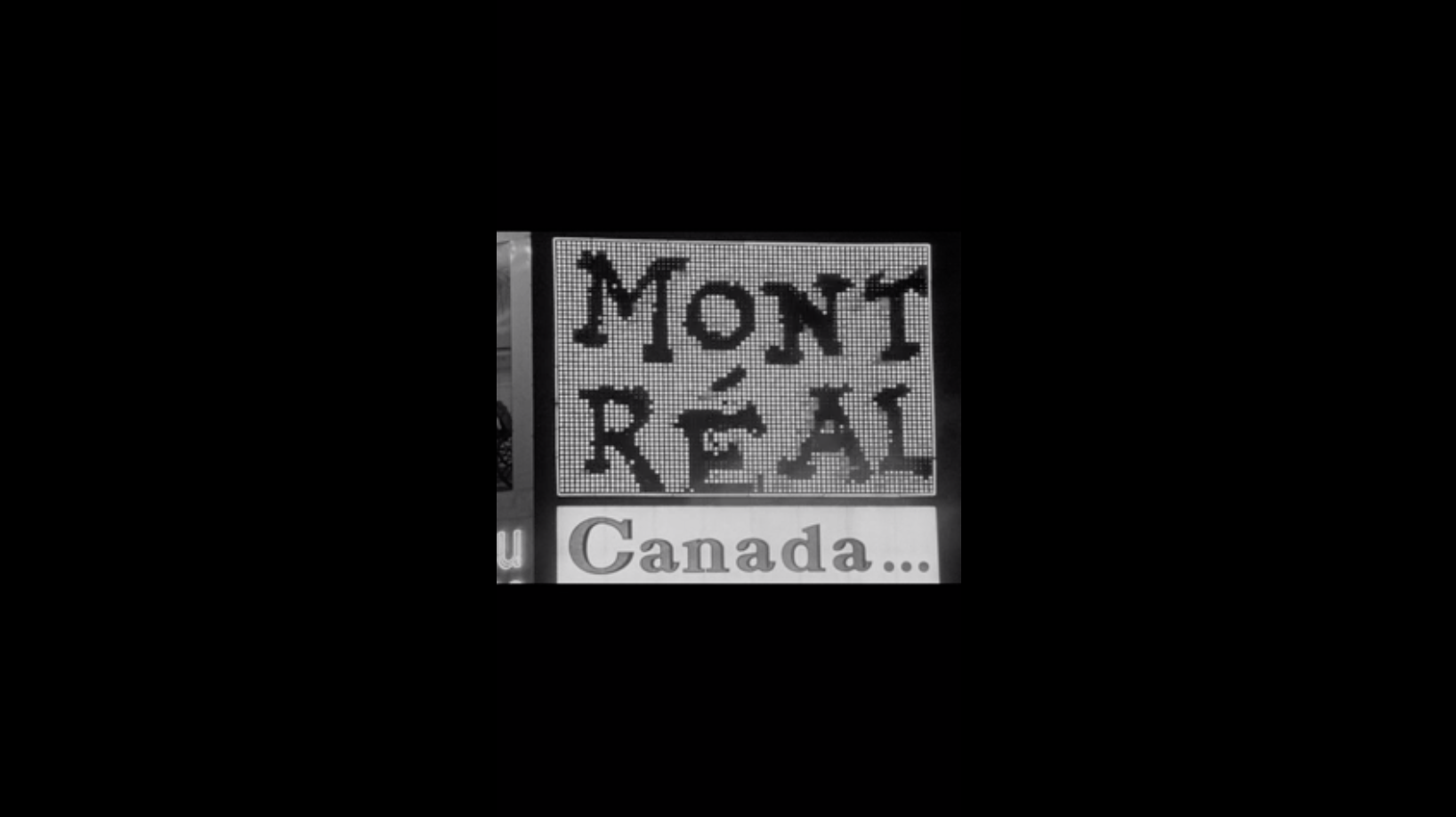NOTE: The day I posted about Robert Charlebois, the Montreal Canadiens, and Jean-Pierre Lefebvre’s Jusqu’au coeur (1968), the Habs started winning again, after having gotten into a 1-3 hole in their opening series against the Toronto Maple Leafs. They ended up storming back to win the series in 7 games, and tonight, after having trounced the Winnipeg Jets and vanquished the Vegas Golden Knights, they begin the final stage of the quest for that elusive Stanley Cup, a trophy the Habs last hoisted nearly 30 years ago, in 1993. Does posting about the Canadiens’ Sixties heyday help them win? Well, being the superstitious man that I am, I decided that I could only post such material when the 2021 Canadiens were in the hole. But now that they’ve actually reached the finals, it’s time to go for broke. In other words, there’s only one way to find out.
Un jeu si simple (1964), dir. Groulx—prod. ONF/NFB
Gilles Groulx’s 1964 documentary is one of the great films on sport of any kind. The “game” in question is hockey. The context is that of Montreal, the Montreal Forum, more specifically, and the city’s profound passion for the Montreal Canadiens, the “world champions” at the time. The action takes place at the Forum, in the Canadiens’ practice grounds, and on television, and there’s one road game in Chicago that’s used to compare sports cultures. And, as was the case with Wrestling (1961), another NFB classic of the period, and another film that takes place almost entirely within the confines of the Montreal Forum,* much of the attention is on the team’s fans, on spectators, spectatorship, and issues of spectacle.
Yes, it is a “simple game” in many ways, but no other sport gets to the core of what it means to be a Montrealer, no other sport is as heavily implicated or as consequential, even after a punishing decades-long drought.
[Montreal Forum; Montreal Canadiens; les Habitants; le Club Canadien; spectators; spectatorship; spectacle]
Watch this film in the original French here.
If you’d prefer with English subtitles, you can find that version here.
Go, Habs, go!
aj
*Wrestling is another strong contender for “greatest sports film of all time.”
















































































































